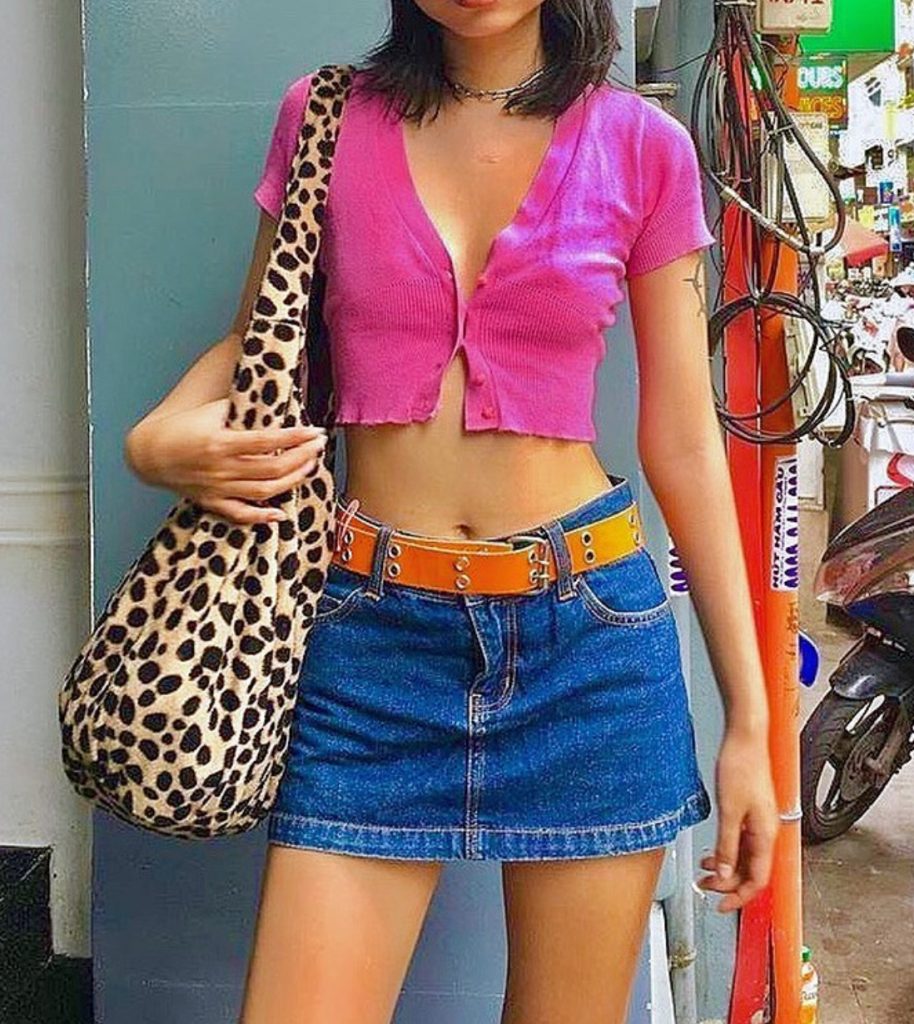Nowadays, if you were to walk through an average American high school, you would probably see students walking around in low waisted baggy jeans, baby tees and miniskirts. These styles are very fashionable at the moment, popularized by TikTok and social media; but a lot of these trends have been seen before.
The fashions of the late 90s decade, called “Y2K,” have made a dramatic comeback in the past few years, and this is not an uncommon pattern. In fact, it is known as the “20-year rule,” and although the direct number of years can sometimes vary, it can be seen throughout history, accelerating as the world became more industrialized and interconnected. The loose, boxy dresses of the 20s recycled to the flowy, flower child fashion of the sixties, and the leggings, scrunchies, and converse popular in the 80s made a striking comeback in the aughts and 2010s.
There are few reasons why this phenomenon tends to occur with such reliability, but one of them is simple nostalgia. According to an article written at Penn State University, “When it comes to nostalgia and fashion, when you look back on your formative years, there are positive emotions.”
There tends to be a cycle of being mortified by the clothes in style a few years ago, being indifferent to them a decade later, and finally feeling nostalgia for “vintage” fashions, and loving them once again. This can be seen today with the general hatred of skinny jeans and the fashion of the late 2000s and 2010s, and of course, the resurgence of the “vintage” Y2K, 90s aesthetic.
Some people, though, are beginning to question the future of the 20 year rule, and if it will be around for much longer. According to a fashion magazine, “with the rise of social media and fast fashion companies, the 20-year trend cycle has become extremely condensed. Social media has the power to raise a trend to extreme popularity, then drop it into obsolescence overnight.”
The word “overnight” might seem like a bit of an exaggeration, but these sorts of short-lived trends that rise and fall in just a few weeks have been popular for years on the internet, so it’s not much of a surprise that it has now begun to apply to fashion. Just this spring, a trend of girly, “coquette” clothing became popular, leading to pink bows and frilly white lace in shop windows all across the country. Only months after this trend was born, though, it once again became the exception, and it seems that it is slowly being left behind for a more toned-down aesthetic. Even the hardcore Y2K style seems to be on a downturn recently, not very long after it was reintroduced into American culture.
This acceleration of trends going in and out of style could have real effects on the world around us. With the rise of fast fashion, cheap, poorly made clothing that exploits the people who manufacture it, companies can profit immensely off of short-lived social media trends. When one piece of clothing goes out of style, you need others to replace it, so stores with inexpensive clothes beat out their higher quality competitors. The widespread consumption of fast fashion is not only bad for our environment and a real threat to our planet, but also perpetuates the exploitation that people without human rights protections face all across the world.
So, what can we do about this? One solution is, of course, to not buy as much clothing from companies that profit off of fast fashion, or to mobilize as a society and push for more regulations on worker’s rights and environmental protection. Another option is to simply learn to work with the clothing that we already own, modifying or styling it to meet the current trends, or even buy more secondhand clothing to avoid adding to the amount of new, cheap clothing that is in circulation. And, if the “20 year rule” continues, we can always borrow our parent’s cool, vintage clothing.


